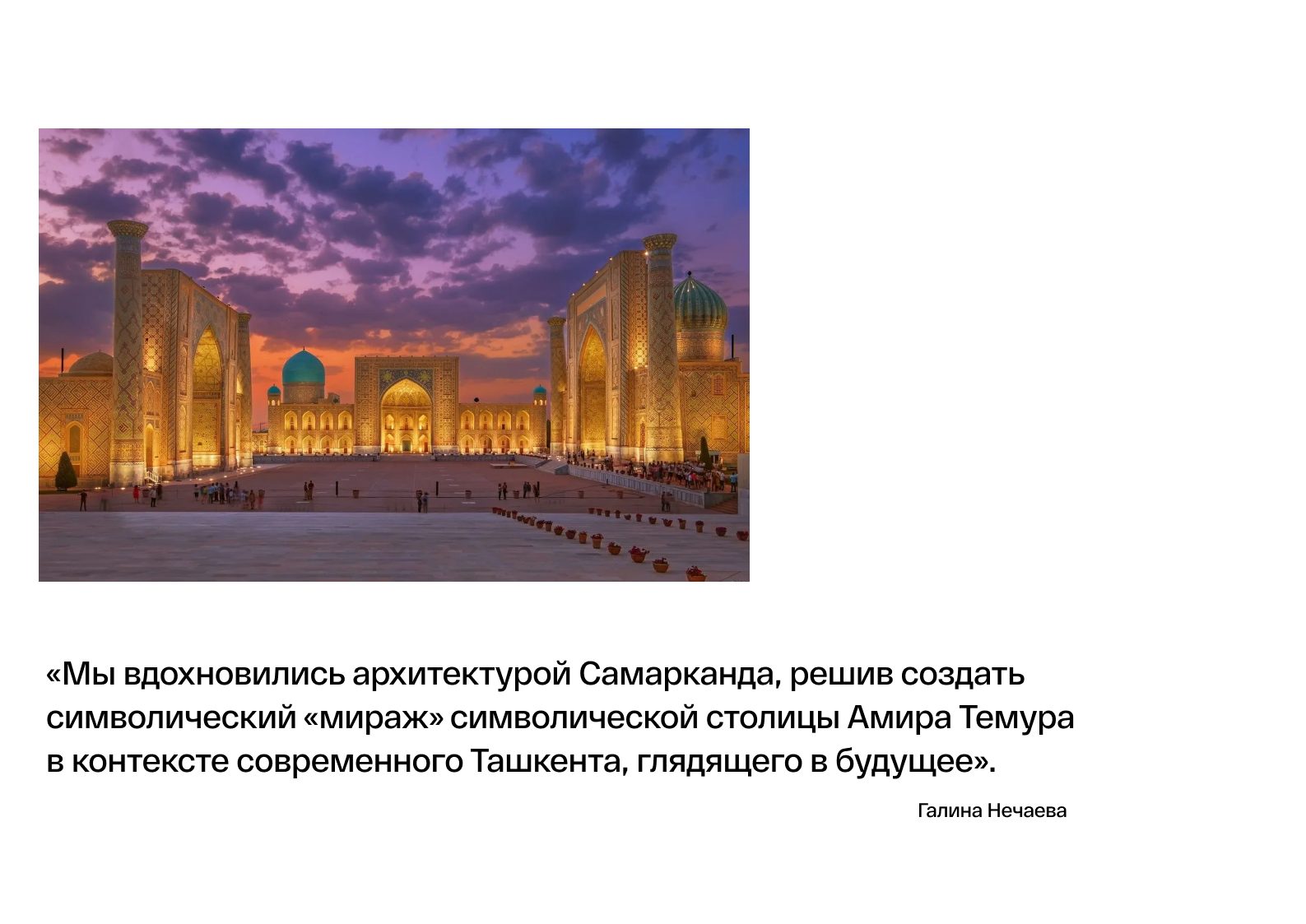Light arches for the Amir Temur Park in Tashkent
VDS has created a design of light architecture for Amir Temur Square, a small green oasis located in the heart of Tashkent. The project is based on our engineering achievements and the very image of the arches with their rich symbolism.

Arches — an integral part of oriental architecture — appear here in all their splendor: in their design, decorative ornaments, rich palette and harmonious proportions.
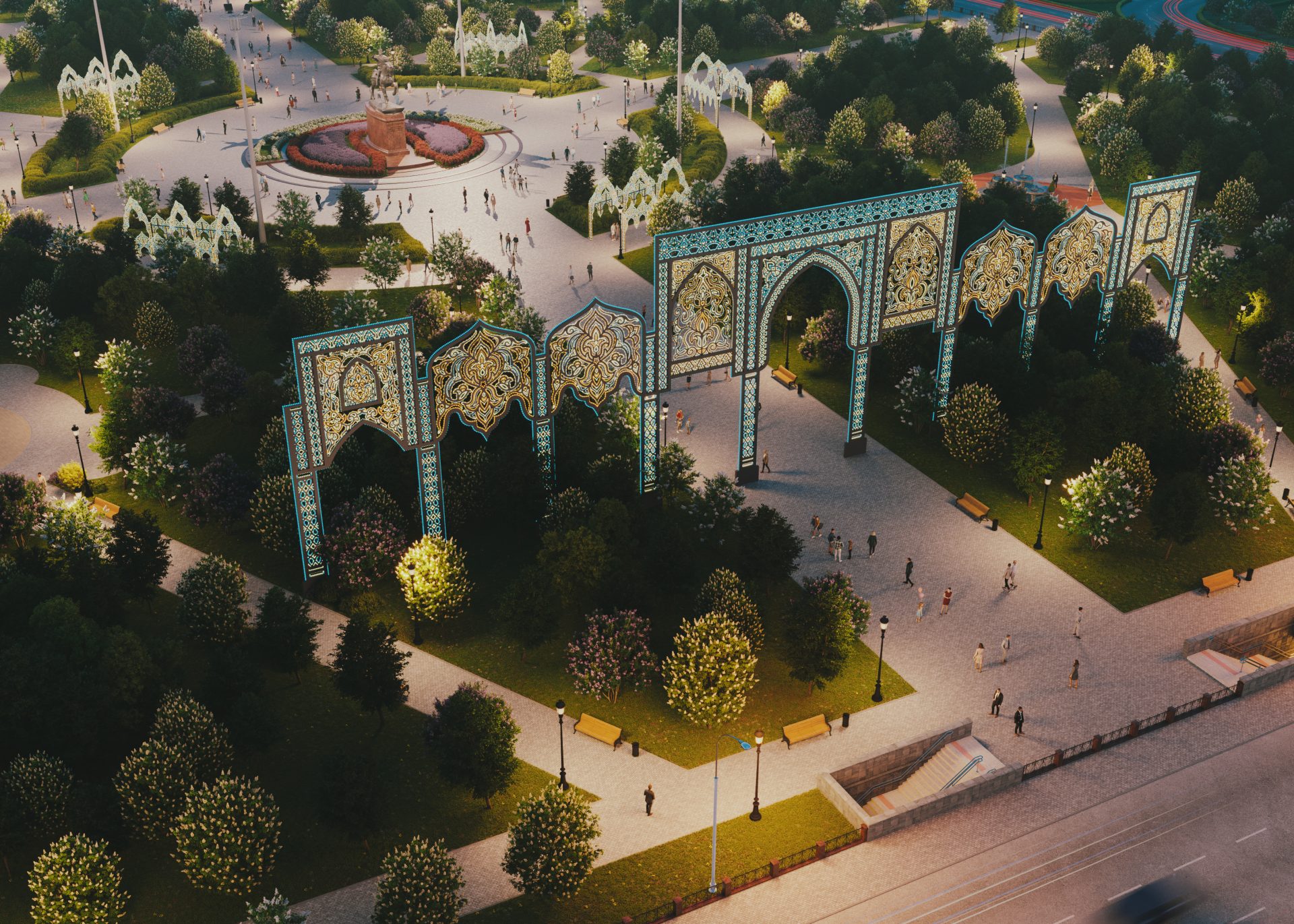
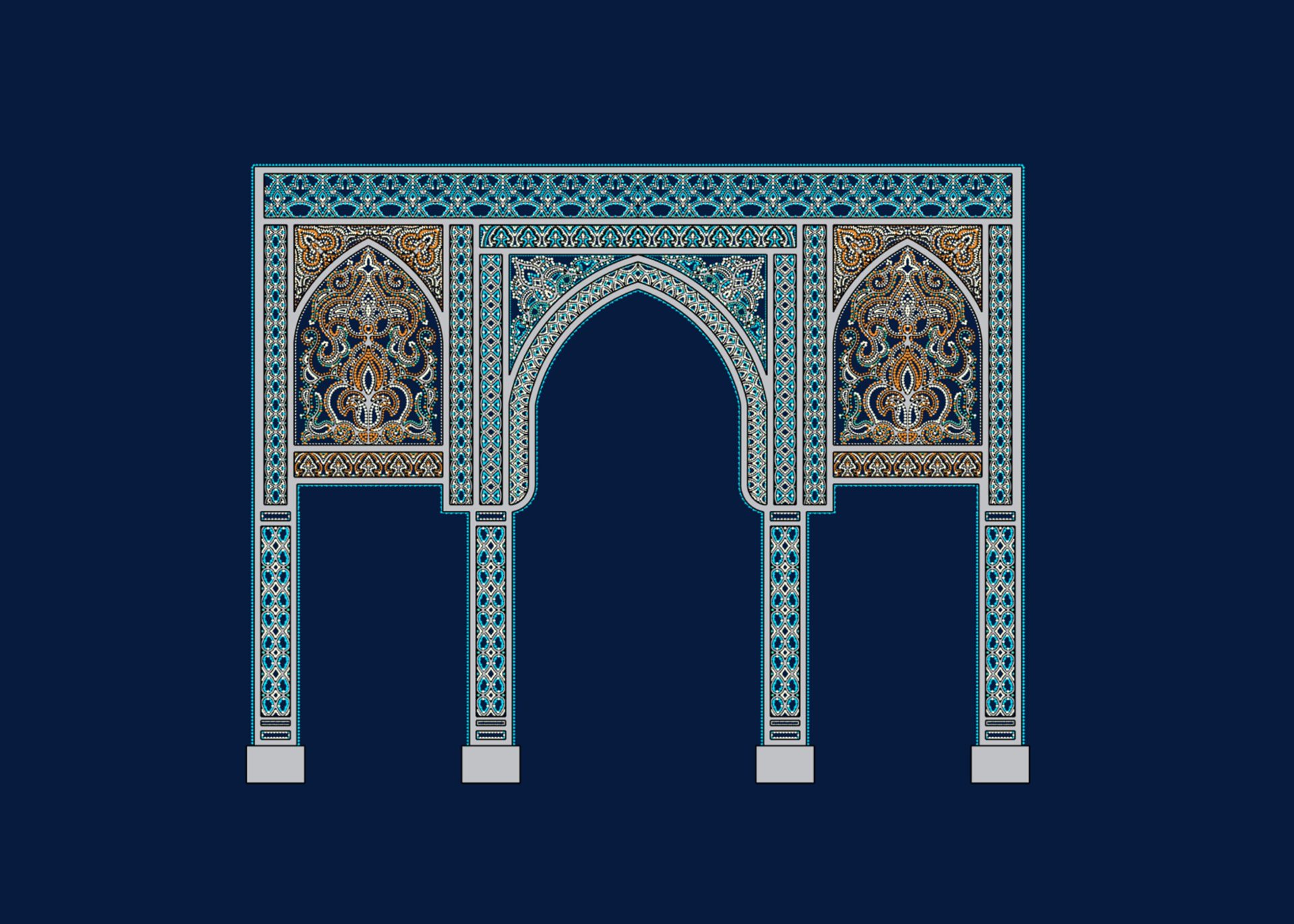
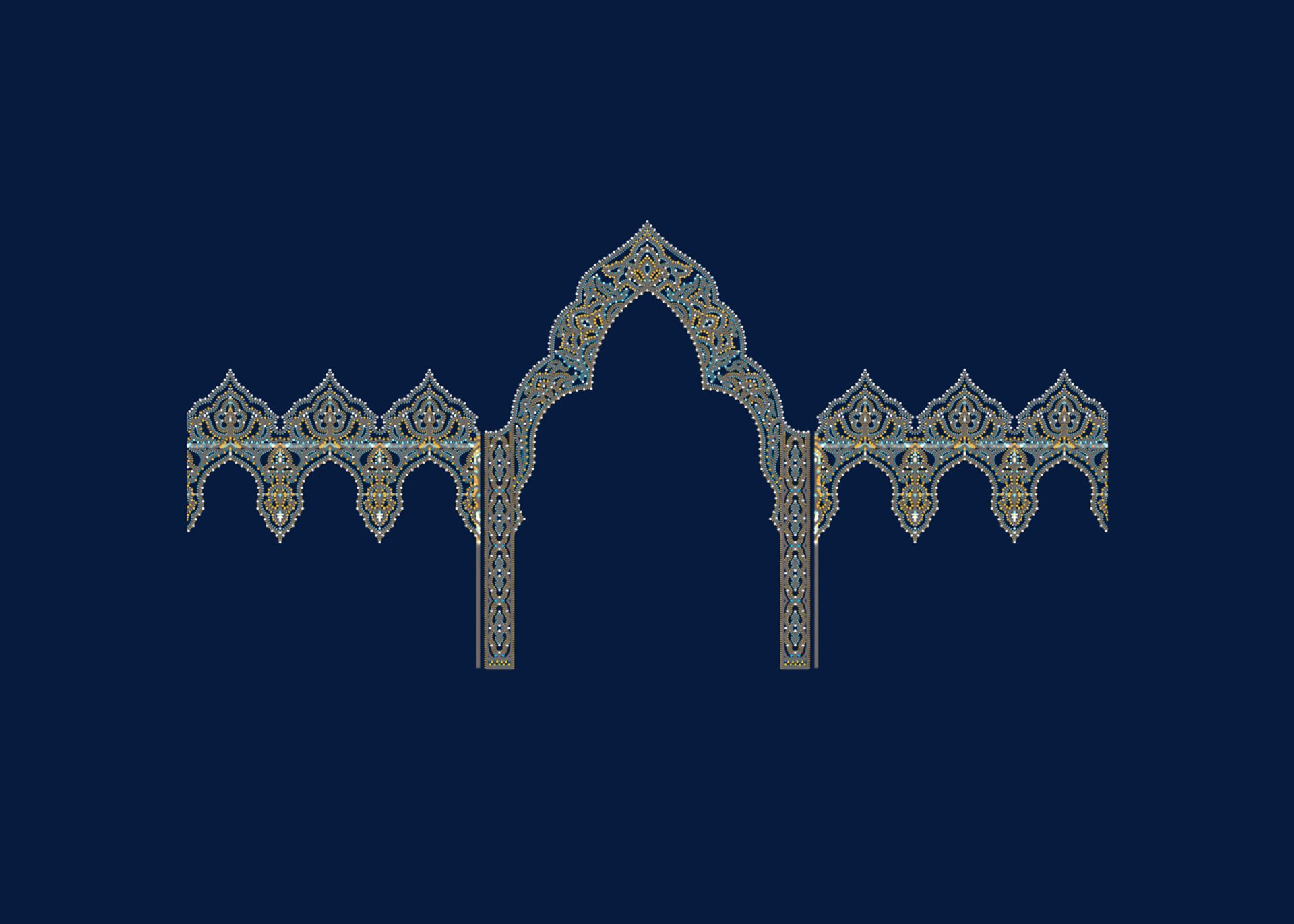
The color scheme
The color scheme of the arches reflects the diversity and richness of Uzbekistan: from desert landscapes, bright spices in the bazaar to the blue clarity of the sky, islimi patterns and greenery of fertile nature.


Light arches
Statehood, the scale of grand buildings. A large arch is a worthy frame for a monument to a statesman, a frame on the page of a history book, as in medieval manuscripts. The triumphal arch of past events, the entrance of large groups of people. Our contribution to the architecture of the celebration.
The small arches are commensurate with the tree, embodying the eternal symbolism of the connection of time epochs and generations, the invincibility of life. They are intended for a person to realize a sense of belonging, belonging to history.
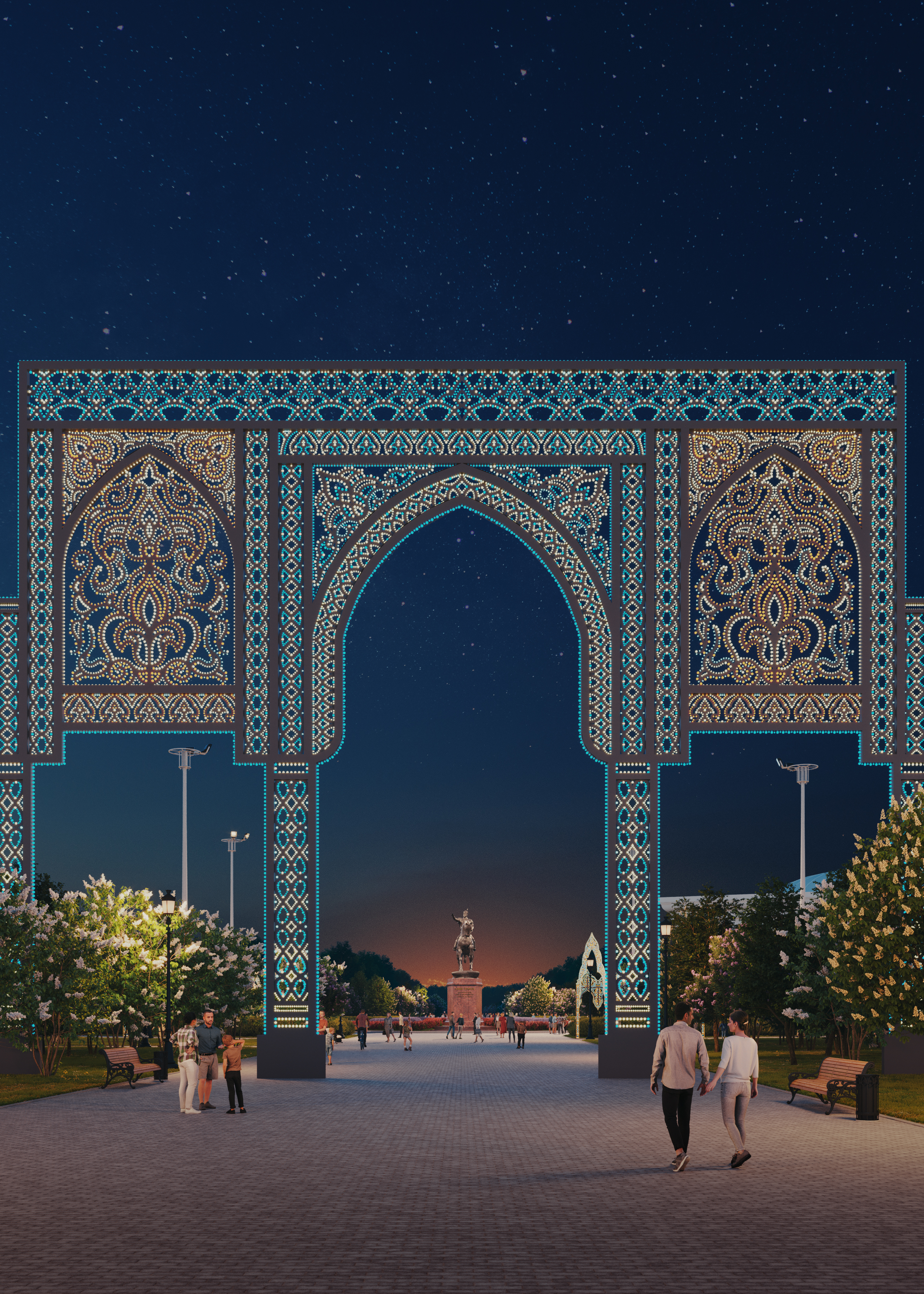
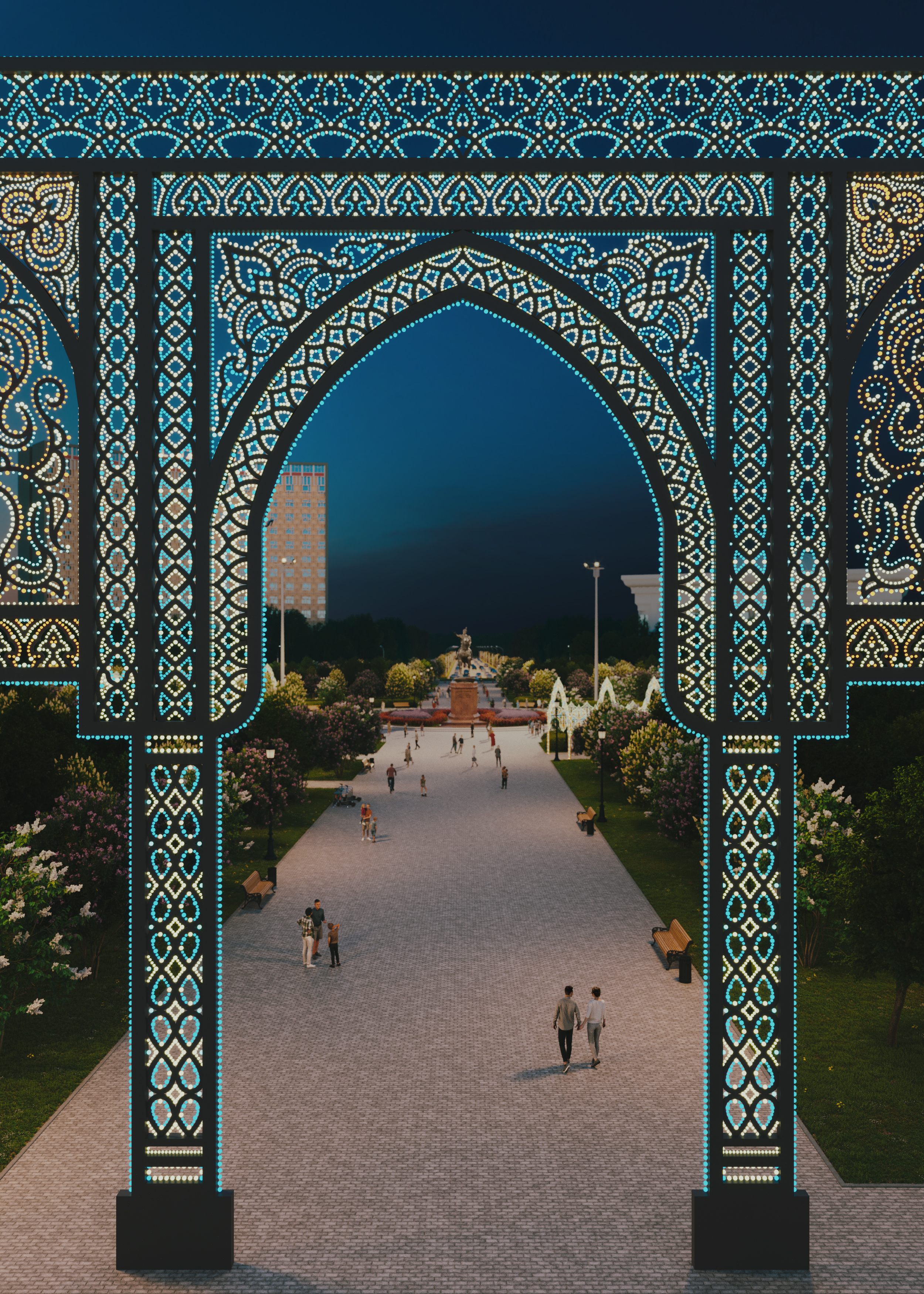

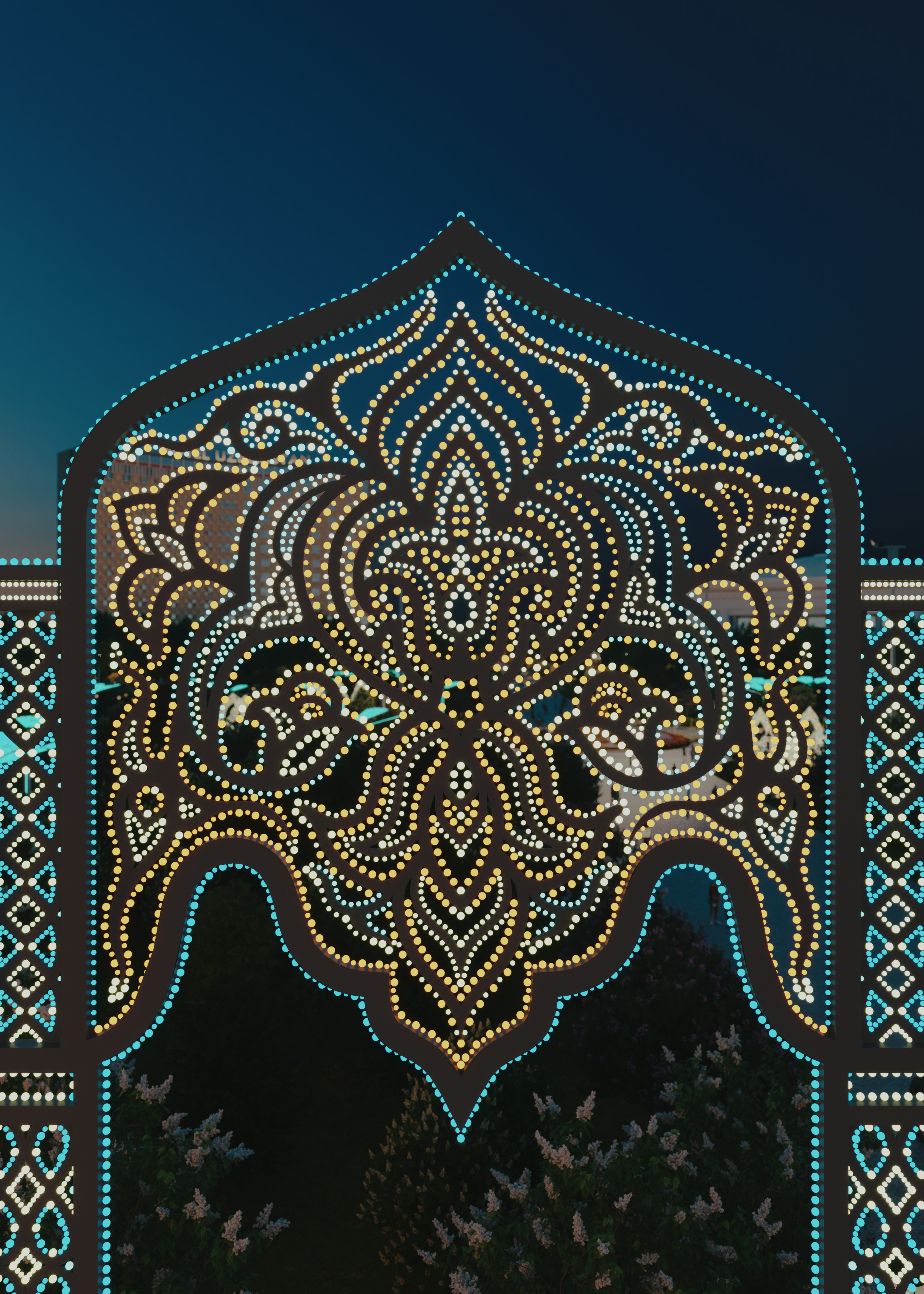
A semiotic approach to design creation
In August 2024, the VDS Creative Team traveled to Tashkent in order to strengthen ties with the local community in the field of urban development and to immerse ourselves in the rich cultural heritage of Uzbekistan. The trip was an important step in exploring the architecture and traditional crafts of Uzbekistan.
In the bright ensemble of the East, we were attentive observers, sensitive listeners. And the friendliness and warm hospitality of Uzbekistan welcomed us and guided us: to the workshops of local artisans, the trading shops of bazaars – where life boils like a river, where every moment is saturated with ancient traditions and everyday concerns of the local population. Of course, we were inspired by the traditional woodcarving, which symbolically interprets the tree of life: in ash columns and unrestrainedly patterned doors.
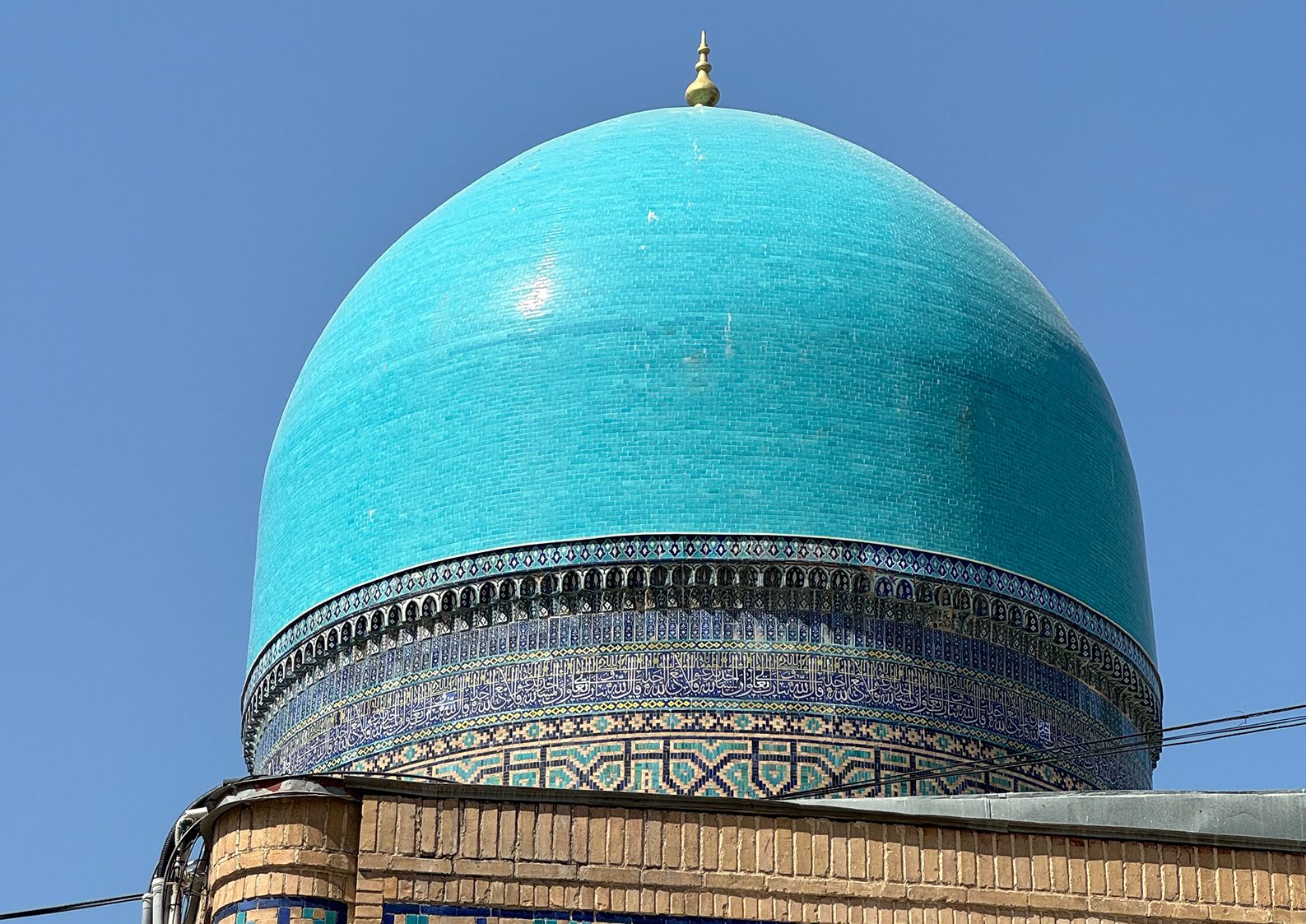

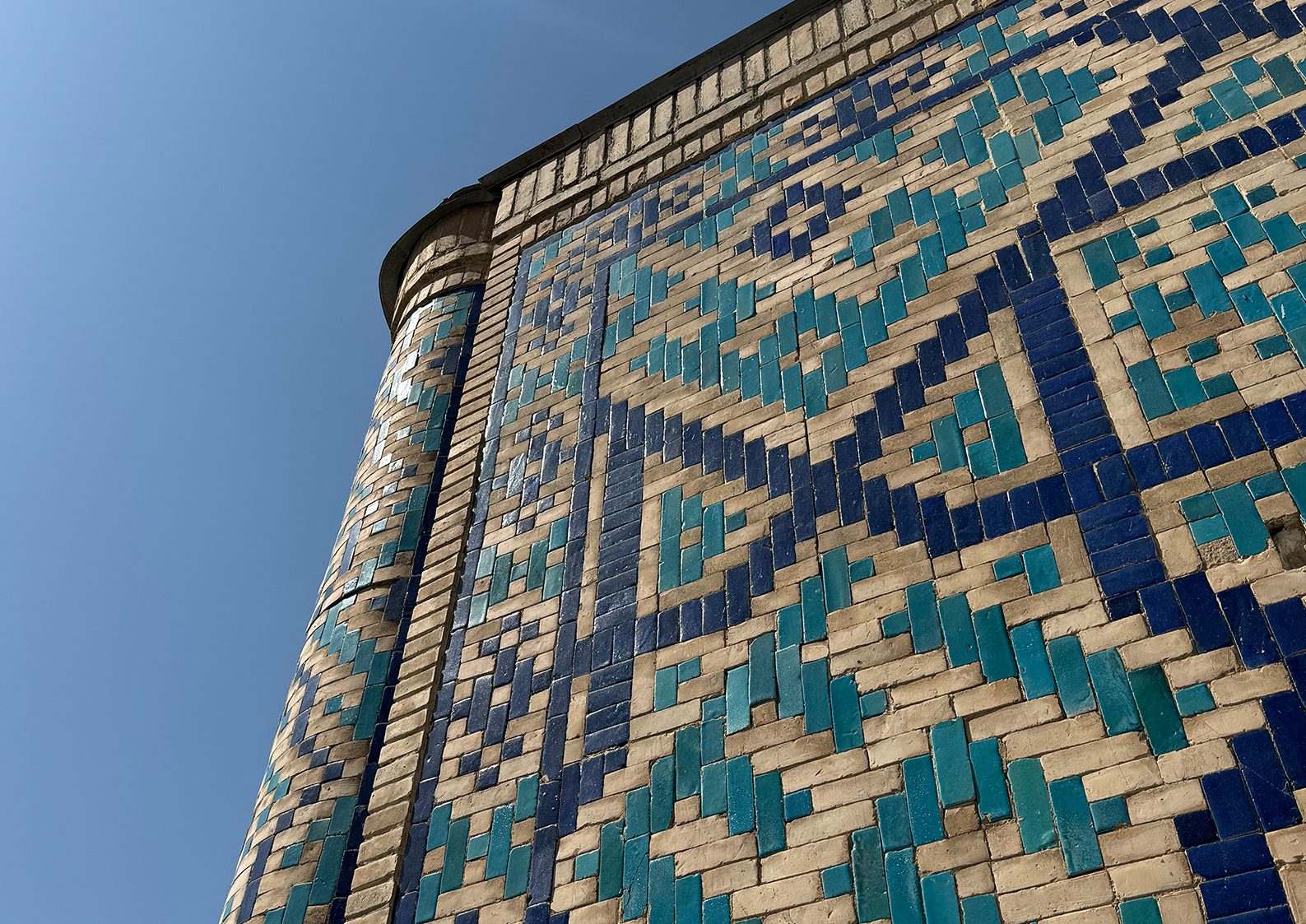

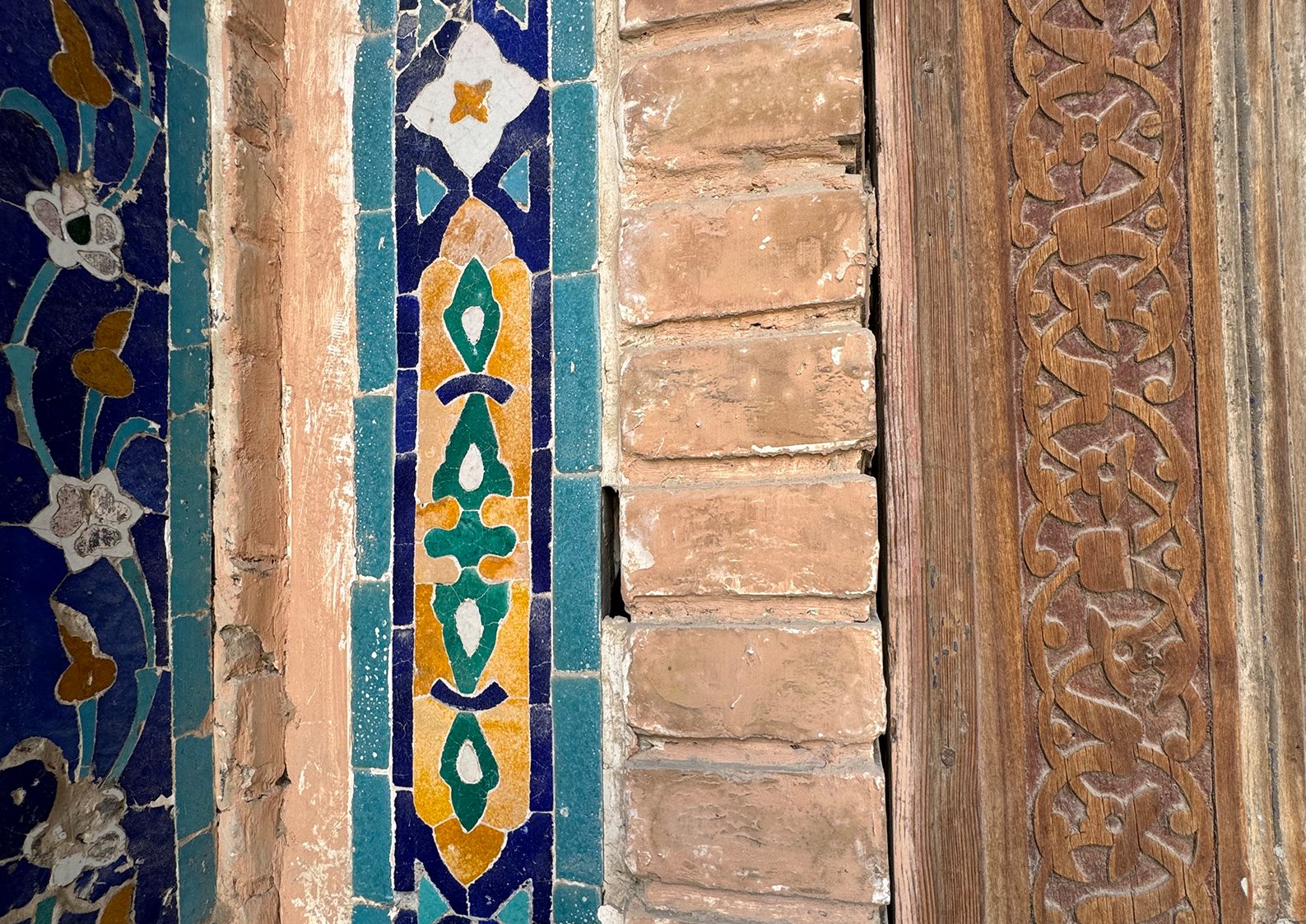


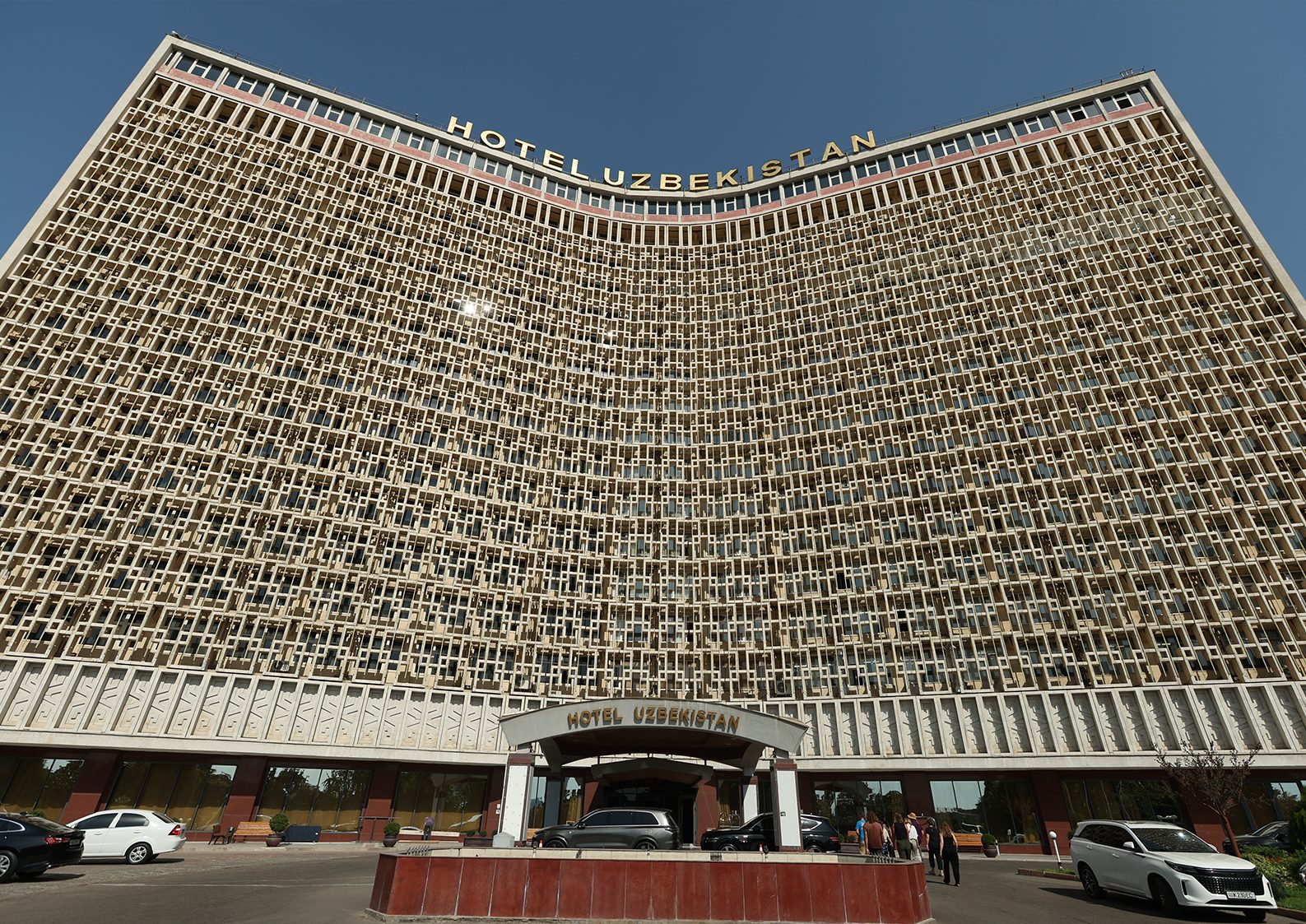
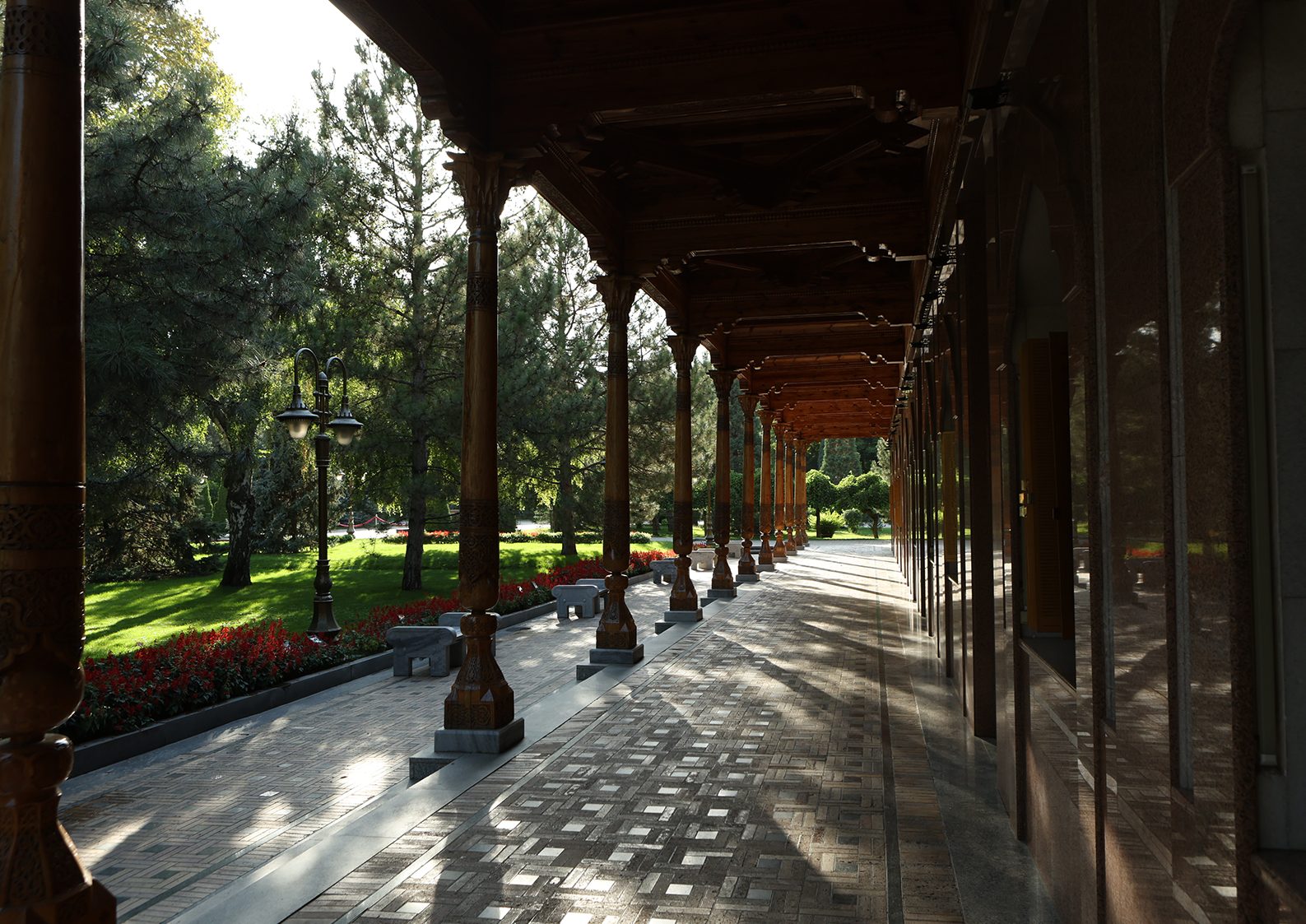

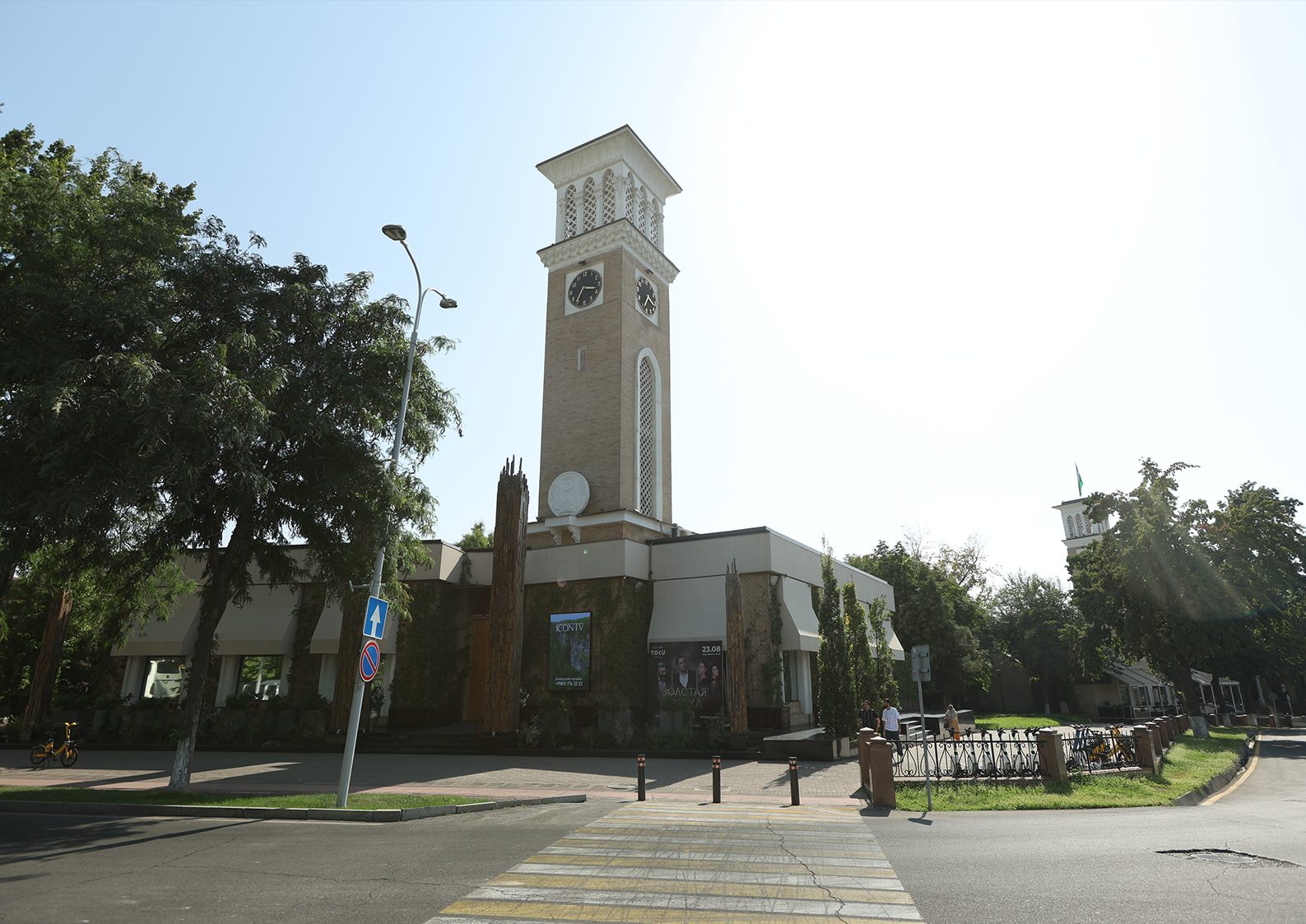

The symbol buildings, built of adobe clay bricks, found protection in beauty, in patterned garments of painted burnt tiles. The world of ornament is built in them: from "islimi", the elastic aspiration of a young sprout to the sky, to "girih", the universal connection and wisdom of geometry.
